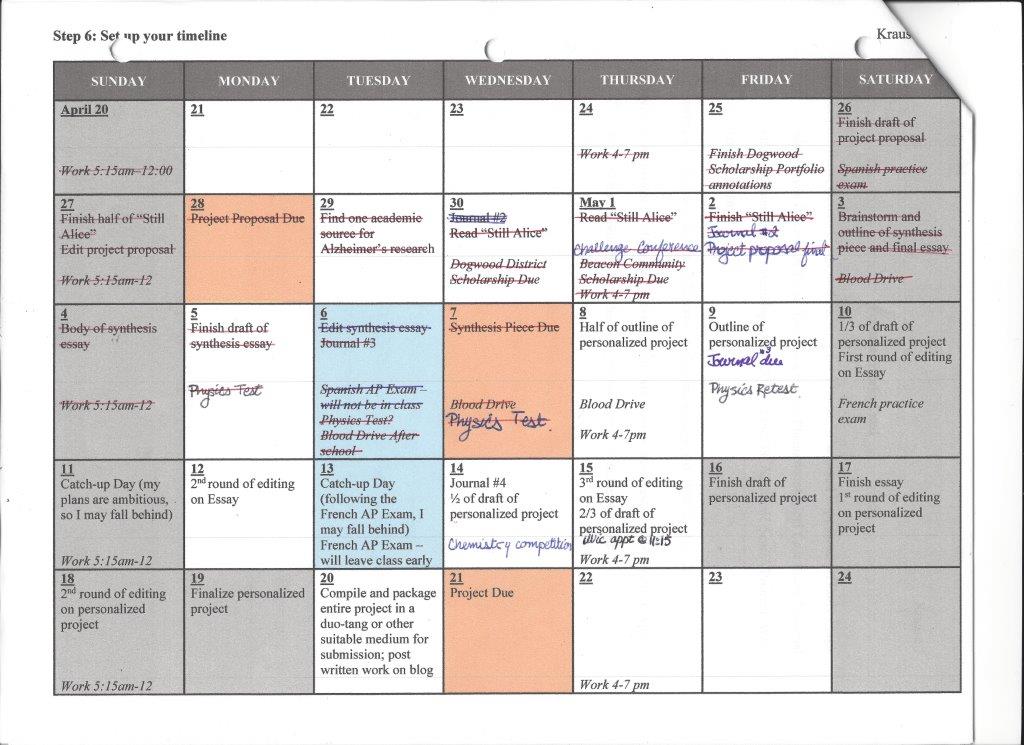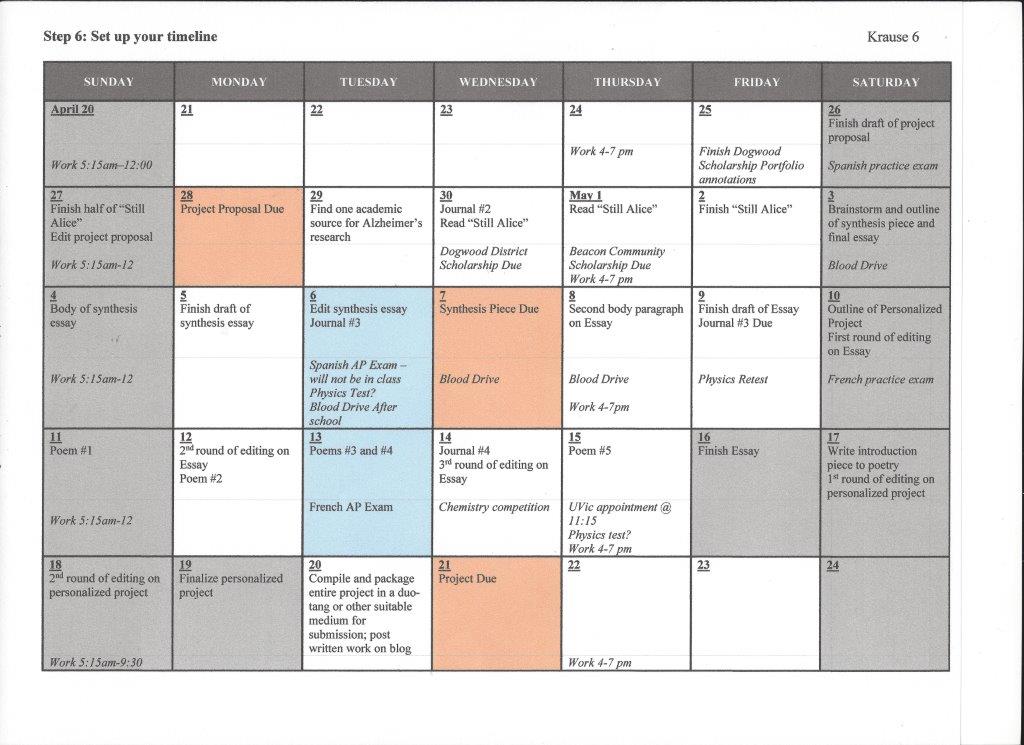Dive into Inquiry Videos
If students designed their own schools...explores The Independent Project, a self-directed program at Monument Mountain Regional High School, a public school in Massachusetts involving nine students, a few teachers, a guidance counsellor, and the school’s head administrator. This alternative academic program focuses on the four main bodies of learning (English, math, social sciences, and sciences) and runs for one semester of the school year.
To help answer her driving question, Zoe read The Talent Code by Daniel Coyle and applied what she learned from her research to her own figure skating practice. She then reflected on her progress over the course of several months and created this great, authentic piece to demonstrate what she learned about her essential question
One of my favourite videos is Caine’s Arcade about a nine-year-old boy who, over his summer vacation at his father’s auto parts shop, constructs the coolest cardboard game arcade you’ve ever seen. Caine represents the passion for learning I believe is in all students, especially at a younger age. Sadly, this passion slowly fades as students grow older and progress from grade to grade where curriculum is overemphasized, and standardized tests cause depersonalisation. By showing my students Caine’s Arcade, I hope to reconnect them to the genuine passion for learning they felt before it got lost. I want them to feel excited about the opportunity to explore something they’re passionate about through their inquiry.
One example I love showing is a great video of a student whose curiosity led him on a three-year project. Matt Perren created a lip-sync animation to Queen’s Don’t Stop Me Now, demonstrating incredible attention to detail and technological proficiency. The end result was a time-lapse photo journey of his adolescence.
Another great video I enjoy sharing is about a young student from Sierra Leone, Kelvin Doe. Kelvin’s love for inventing led him to create some unbelievable items from materials he scavenged from landfills and trash cans in his hometown. Local officials only turn on the electricity once a week, so Kelvin decided to try to build a homemade battery to help residents in his hometown power items when the electricity is off. Kelvin truly learns when he creates, and his genuine sense of curiosity has given him some fantastic opportunities.
To answer his essential question, Ethan T. read Mark Kingwell’s In Pursuit of Happiness, interviewed a psychology professor at a local university, and interviewed his friends and classmates. He combined his love for videography and digital editing with his understanding of his essential question to create this superb authentic piece.
Ethan N. and I hatched a plan to give him the space to be connected to his learning and provide me the evidence I was hoping to see. We agreed Ethan wouldn’t attend class for several weeks of his Free Inquiry unit; rather, he’d work on his Bazoo from home and email me video footage of his progress each day in the form of a time-lapse photo journal so I could see how he was spending his time away from class. Ethan’s homework comprised over sixty hours of work.
Did Ethan succeed in rebuilding his Bazoo? His plan was to bring his fully operational Bazoo to school on a flatbed trailer and present it to our class on our soccer field. Take a look at Ethan’s concluding video.
Now for the coolest part: Over a year after our course and his graduation, Ethan reached out to me to share that he had completed his Bazoo. He has recently taken it out for its maiden voyage and sent me this clip. Look at the family members recording the event. Look at the mix of uncertainty and excitement on the faces of everyone involved. Look at Ethan driving his Bazoo. Now imagine the pride and sense of accomplishment he must feel. Without adopting an inquiry model, the authentic and lifelong learning evident in this video would not be possible in my classroom.
Students map out the big milestones of their Free Inquiry unit on a calendar template. Using what they’ve learned about Understanding by Design throughout the year, students first identify a date for their public display of learning and begin to work backwards from there. They map out what needs to be accomplished each week in order to stay on track and deal with any challenges they may face. Throughout the unit, we will revisit this plan and revise it where necessary. Check out Katherine’s initial plan and her revise plan here.
Julia chose to create a video using VideoScribe to reflect her understanding of Shakespeare’s Macbeth from our Guided Inquiry unit. She wanted to answer the essential question, How can ambition be both a good and bad trait?
Another fantastic example comes from Chantaille. Chantaille chose to create a video using Explain Everything to reflect her understanding of a science humaines class (French immersion social studies) from our Guided Inquiry unit focusing on comparing and contrasting Victorian-era values with present day contemporary values. She used her understanding to answer the essential question, How can we learn from the past to understand the present world?



